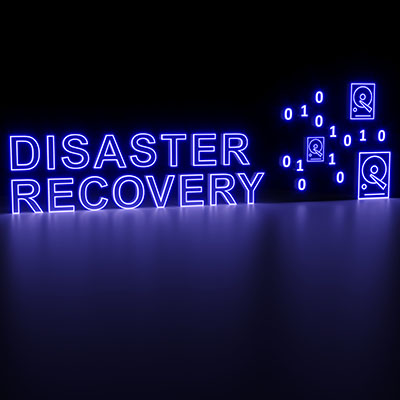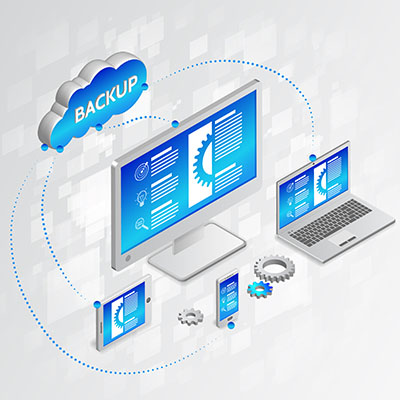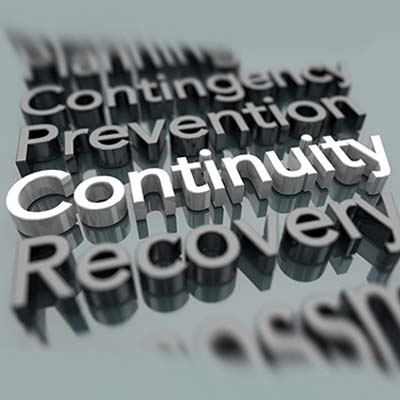The presence of a continuity strategy holds immense significance. When discussing continuity plans, one often encounters the term “failover.” Let’s take a look into the concept of failover and explore various facets associated with it.
If you’ve spent any time at all reading our blog—or even looking at the topics we cover, for that matter—you’ve seen how often we talk about the importance of your business’s cybersecurity. The fact that we have to is frankly a little depressing. Trust me, I’d love to be able to spend all my time bringing your technology to the next level, instead of keeping ne’er-do-wells from undermining it. However, the reality is that every organization needs to focus on its cybersecurity, and this is becoming more and more the case all the time.
Look, we know that thinking about disasters can be a nerve-wracking experience, but you need to acknowledge that your organization is constantly in danger of becoming subverted by challenges outside your control. While you might not be able to stop a disaster from striking, you can be prepared for when it does strike, as well as how you respond to it. Let’s go over some of the methods you can use to ensure you have a plan in place.
When a disaster strikes your business and your important data is compromised, can your business recover? Can it recover quick enough for it to not be irreparably damaged? Could you even conduct business without the lost data? How much downtime can your business even take?
Data backup is a critical part of any successful business, and, because it’s so simple, it may actually be overlooked. This week, we’ll walk you through the proper steps for making sure your organization has a successful data backup solution so if a situation arises and you need it, you’ll have it ready to recover and not be exasperated to find out that your business is in deep trouble.
When you get right down to it, your business is probably vulnerable to cyberattacks, no matter how prepared you are. There are countless ways you can improve your operations, but if you don’t take steps now to safeguard your company’s infrastructure, you could risk facing an even greater threat to your business’ future: a cybersecurity breach. There are simple steps that can be taken to help ensure your organization isn’t sunk by a random security breach.
No matter where your business calls home, it will be vulnerable to some sort of disaster, whether it’s a natural disaster that wipes your office off the map or a cyberattack that cripples your data infrastructure. You don’t have to resign yourself to this fate, though; with the appropriate tools, your business can survive just about anything and keep operations going even under the worst circumstances.
Even when everything is going well, running a business can be challenging—all of that is to say that things are especially difficult when everything starts to go wrong, particularly in the realm of business continuity. While nobody likes to imagine the worst-case scenario, we always like to say that imaging the worst-case scenario can help you prepare for it, and it can take the sting away from dealing with it.
Unless you live under a rock and somehow missed it, Facebook experienced an outage, an inconvenience that kept users from accessing its services all over the world. Perhaps to your surprise, the real ramifications of this outage have nothing to do with people not being able to share pictures of their cats or yell at each other in the comments.
When we discuss business continuity, the generalization “disaster” could mean just about anything that halts normal business operations. How does your organization respond to an actual disaster, one that can potentially destroy your business completely? Let’s take a look at some of the ways your organization can prepare for these circumstances to keep your organization from an unfortunate demise.
- 1
- 2










